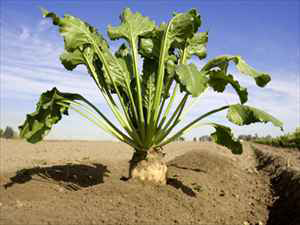Frequently Asked Questions About Sugar
We answer questions about production tricks for you.

- Is coal dust (activated coal) used in sugar production?
- What are the socioeconomic contributions of sugar beet?
- What are the general information about beet sugar production in Turkey?
- What is the importance of sugar beet farming for our country?
- What are the benefits brought by sugar beet farmers to our country?
- Why are sugar beet production and sugar industry important?
- How is sugar beet produced?
- What is the importance of sugar beet?
- Are there any additives in granulated sugar and cube sugar?
- How many kilograms of beets are needed to obtain 1 kilogram of granulated sugar?
- How long is the shelf life of crystal sugar?
- How is cube sugar produced?
- Why was cube sugar used to leave oil on the surface of tea in the past?
- What is brown sugar?
- Why is limestone used in sugar production, what is it for?
- Is sugar diabetic patients consume produced from beet?
- Is there a difference between cane sugar and beet sugar?
- Are tastes of sugar produced by different plants different?

 It doesn’t require abundant moisture during growing period and it doesn’t require abundant rainfall during ripening period. (For this reason, it doesn't grow in Eastern Black Sea region coasts much).
It doesn’t require abundant moisture during growing period and it doesn’t require abundant rainfall during ripening period. (For this reason, it doesn't grow in Eastern Black Sea region coasts much).